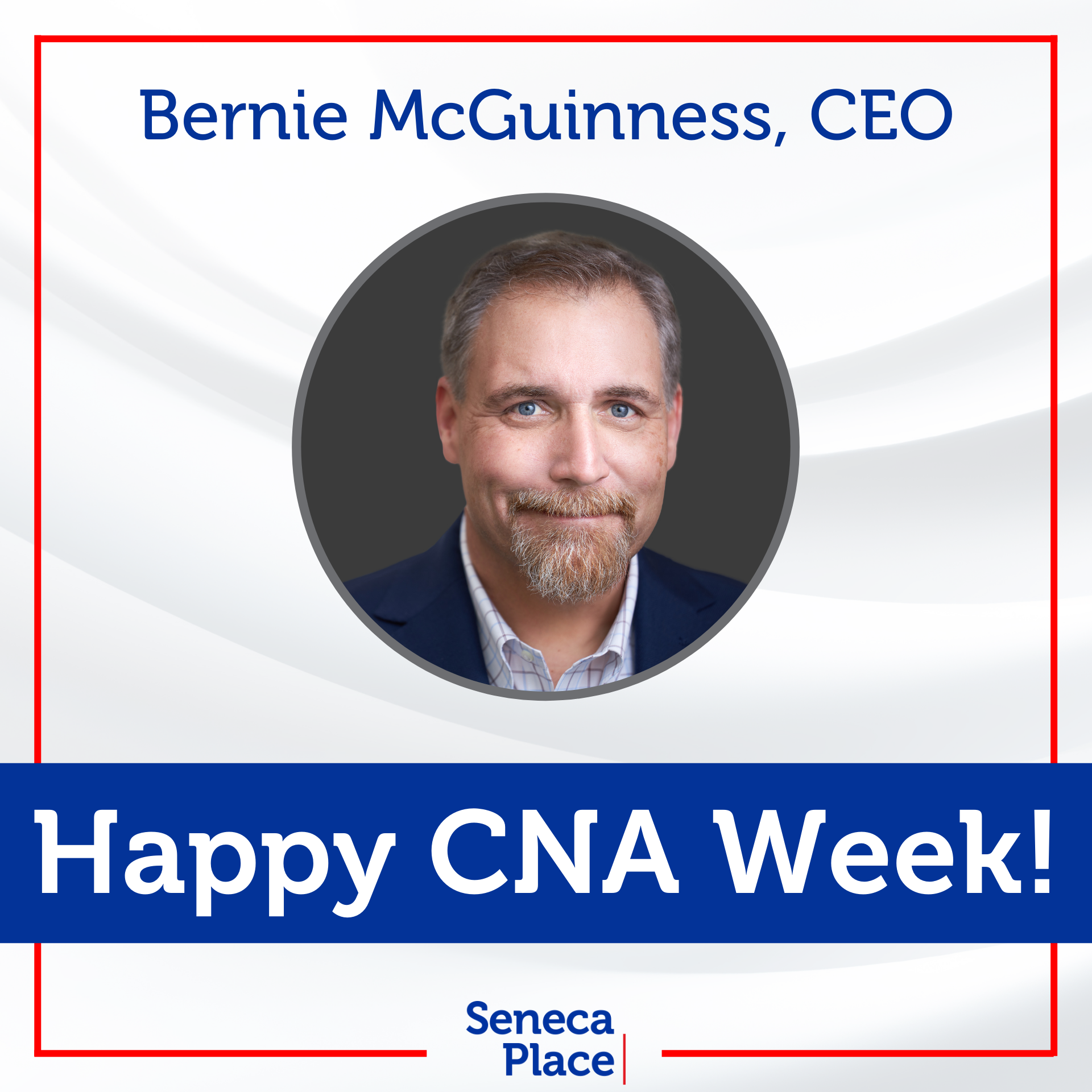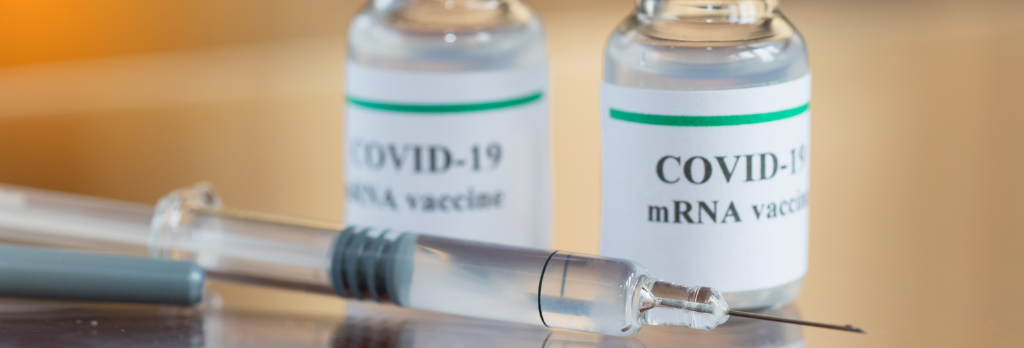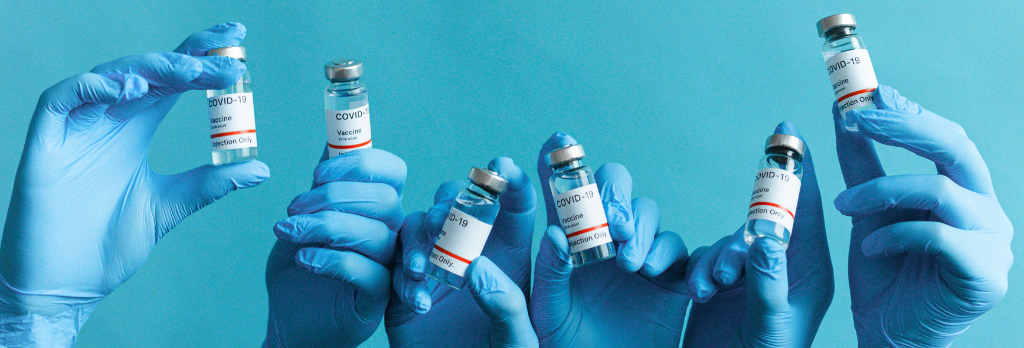The Pfizer-BioNTech and Moderna COVID-19 vaccines are messenger RNA vaccines, also called mRNA vaccines. Learn more about Pfizer-BioNTech and Moderna COVID-19 vaccines, including who can get them, doses, and ingredients.
How mRNA COVID-19 Vaccines Work
To trigger an immune response, many vaccines put a weakened or inactivated germ into our bodies. Not mRNA vaccines. Instead, mRNA vaccines use mRNA created in a laboratory to teach our cells how to make a protein—or even just a piece of a protein—that triggers an immune response inside our bodies. That immune response, which produces antibodies, is what helps protect us from getting sick from that germ in the future.
- First, mRNA COVID-19 vaccines are given in the upper arm muscle. After vaccination, the mRNA will enter the muscle cells. Once inside, they use the cells’ machinery to produce a harmless piece of what is called the spike protein. The spike protein is found on the surface of the virus that causes COVID-19. After the protein piece is made, our cells break down the mRNA and remove it.
- Next, our cells display the spike protein piece on their surface. Our immune system recognizes that the protein does not belong there. This triggers our immune system to produce antibodies and activate other immune cells to fight off what it thinks is an infection. This is what your body might do if you got sick with COVID-19.
- At the end of the process, our bodies have learned how to help protect against future infection with the virus that causes COVID-19. The benefit is that people get this protection from a vaccine, without ever having to risk the potentially serious consequences of getting sick with COVID-19. Any side effects from getting the vaccine are normal signs the body is building protection.
mRNA COVID-19 Vaccines Have Been Rigorously Evaluated for Safety
COVID-19 vaccines are safe and effective.
mRNA COVID-19 vaccines have been held to the same rigorous safety and effectiveness standards as all other types of vaccines in the United States. The only COVID-19 vaccines the Food and Drug Administration (FDA) makes available for use in the United States (by approval or emergency use authorization) are those that meet these standards.
While COVID-19 vaccines were developed rapidly, all steps have been taken to ensure their safety and effectiveness.
mRNA Vaccines Are Newly Available to the Public, but Have Been Studied for Decades
Researchers have been studying and working with mRNA vaccines for decades. Interest has grown in these vaccines because they can be developed in a laboratory using readily available materials. This means vaccines can be developed and produced in large quantities faster than with other methods for making vaccines.
mRNA vaccines have been studied before for flu, Zika, rabies, and cytomegalovirus (CMV). As soon as the necessary information about the virus that causes COVID-19 was available, scientists began designing the mRNA instructions for cells to build the unique spike protein into an mRNA vaccine.
Future mRNA vaccine technology may allow for one vaccine to provide protection against multiple diseases, thus decreasing the number of shots needed for protection against common vaccine-preventable diseases.
Beyond vaccines, cancer research has used mRNA to trigger the immune system to target specific cancer cells.
To learn more, please visit https://www.cdc.gov/coronavirus/2019-ncov/vaccines/different-vaccines/mrna.html



